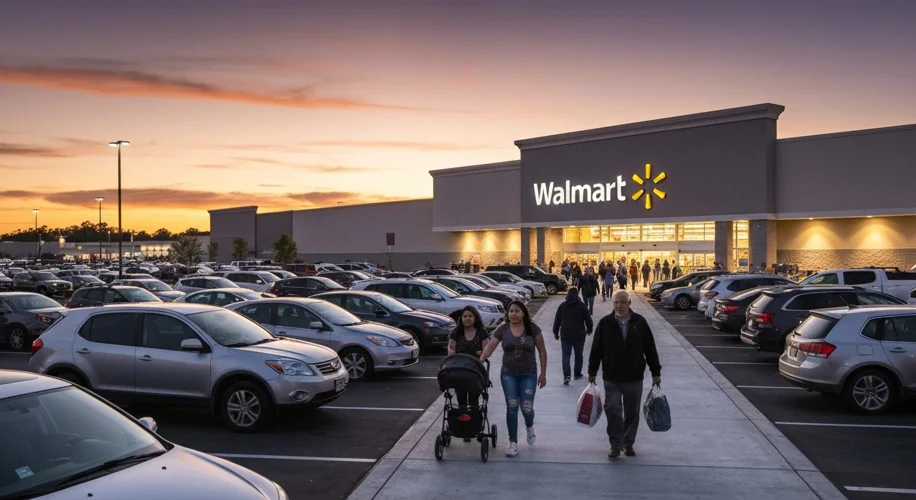In the quiet corner of Rogers, Arkansas, in 1962, a revolution began not with a bang, but with a simple sign: “Walmart.” Behind that sign was Sam Walton, a man with a vision as vast as the American landscape he aimed to conquer. Walton wasn’t just opening a store; he was planting the seeds of a retail empire that would fundamentally alter the fabric of American commerce and consumer culture.
Walton’s journey was rooted in the post-war economic boom, a time when American towns were growing, and a burgeoning middle class was eager for affordable goods. His early life, marked by frugality and a keen understanding of customer needs honed through his experience with the Ben Franklin chain, provided the bedrock for his innovative approach. He believed in passing savings directly to the consumer, a principle that would become Walmart’s mantra: “Everyday Low Prices.”

The early days were a testament to grit and strategic thinking. Walton meticulously studied his competitors, learning what worked and, more importantly, what didn’t. He understood that convenience and accessibility were paramount. By locating his stores in smaller towns, initially overlooked by larger chains, he tapped into a market hungry for variety and value. This “rural strategy” was a stroke of genius, allowing him to build a loyal customer base far from the intense competition of major cities.
Walmart’s expansion was not merely organic; it was a calculated march. Walton pioneered logistical innovations, such as a sophisticated distribution system that allowed stores to be efficiently stocked, keeping costs low. He empowered his employees, fostering a culture of teamwork and shared success that he called “one-stop shopping.” The “rollbacks” and “savings centers” became familiar sights, synonymous with a bargain that felt within reach for every American family.
As Walmart grew, its impact rippled outwards, creating both opportunities and anxieties. For many small, independent businesses, the arrival of a Walmart supercenter was akin to a seismic event. Suddenly, local hardware stores, five-and-dimes, and grocers found themselves competing with a behemoth that could undercut their prices on an almost unimaginable scale. The stories of these local businesses, once the heartbeats of their communities, struggling and eventually closing their doors, became a poignant counterpoint to Walmart’s soaring success.
Consider the case of downtown Main Streets across America. For decades, these were vibrant hubs of commerce and community. The advent of big-box retailers, with their sprawling parking lots and vast inventories, began to draw shoppers away, leading to a slow, painful hollowing out of these historic centers. The very affordability that made Walmart a darling of consumers also posed an existential threat to the traditional retail landscape.
Yet, Walmart’s influence extended beyond the economic realm. It became deeply interwoven with the tapestry of American consumer culture. Its stores offered an unparalleled selection of goods, from apparel and electronics to groceries and home furnishings, all under one roof. This convenience, coupled with the constant promise of low prices, reshaped how Americans shopped, worked, and lived. The “Walmart effect” became a subject of academic study, analyzing its impact on wages, employment, and the very definition of a “good job.”
Walton’s philosophy, however, was not without its critics. Concerns arose about labor practices, the company’s stance on unionization, and its outsized influence on suppliers. Despite these controversies, the relentless growth continued, propelled by a business model that consistently prioritized efficiency and customer value. By the time Sam Walton passed away in 1992, Walmart was already a global phenomenon, a testament to his singular vision and relentless execution.
Today, Walmart stands as a titan, a global retail giant with operations in numerous countries. Its story is a microcosm of America’s own economic journey – a narrative of innovation, ambition, and the complex, often contradictory, consequences of progress. The aisles of Walmart, stretching endlessly with goods from around the world, are more than just retail spaces; they are monuments to a transformative era in American commerce, reflecting both the triumphs and the costs of a dream delivered at an everyday low price.

